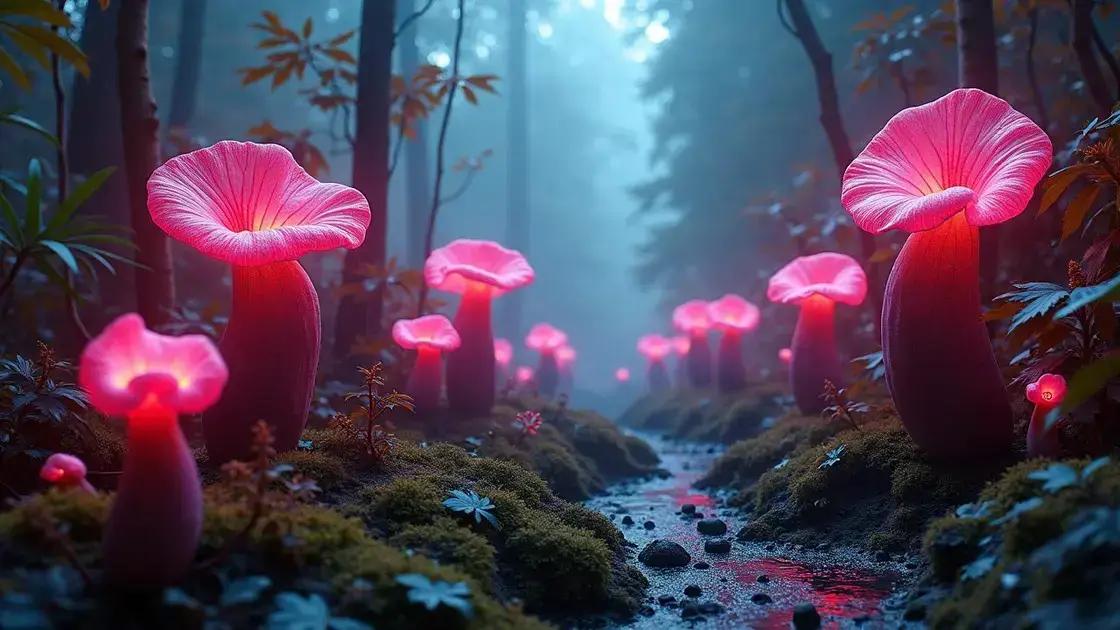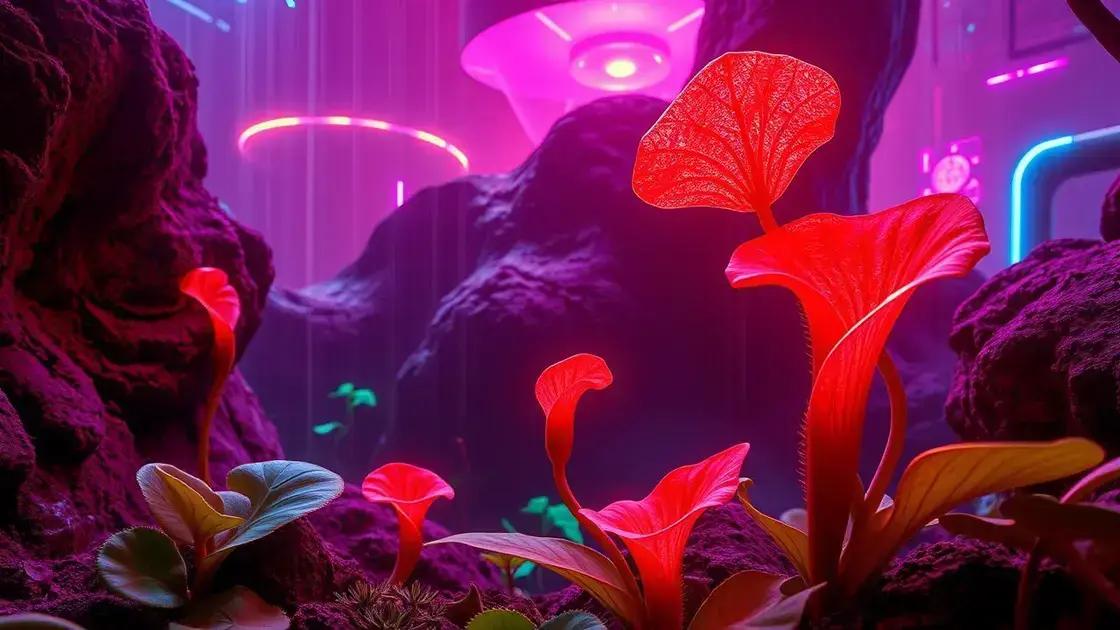How to Care for a Pitcher Plant: 5 Essential Tips for Success
How to care for a pitcher plant can be a mystery for many plant enthusiasts. These unique and fascinating plants not only catch our attention but also require specific care to thrive. Understanding their needs can make all the difference in your plant’s health and vibrant appearance. Let’s explore the key practices for nurturing your pitcher plant.
Table of Contents
ToggleEssential tips for watering your pitcher plant
Essential tips for watering your pitcher plant will ensure a healthy and thriving plant. Proper watering techniques are crucial for the wellbeing of your pitcher plant, as these unique flora require specific moisture levels to grow and flourish.
Pitcher plants, known for their remarkable ability to trap insects, thrive in environments where moisture is carefully managed. Here are some key tips to keep in mind:
- Water quality is important: Use distilled water or rainwater to avoid harmful chemicals found in tap water.
- Maintain consistent moisture: Ensure the soil remains consistently moist but not soggy; overwatering can lead to root rot.
- Consider humidity levels: These plants prefer higher humidity, so keeping a humidity tray or using a misting spray can help.
Here’s a simple guide to establish a watering routine:
- Check the top layer of soil. If it feels dry to the touch, it’s time to water.
- Water until you see drainage in the pot’s bottom. This ensures adequate saturation.
- Adjust your watering frequency based on the season; during hotter months, your pitcher plant may require more frequent watering.
It’s essential to observe your plant’s response to your watering regimen. Signs of overwatering include yellowing leaves and a mushy stem, while underwatering will lead to wilting and dried-out leaves.
For those interested in expanding their gardening skills, exploring indoor gardening techniques is a great way to enhance your knowledge.
By following these essential tips for watering your pitcher plant, you can create an environment where it not only survives but thrives!
Best soil and light conditions for pitcher plants

Best soil and light conditions for pitcher plants are essential for their growth and vitality. These carnivorous plants thrive in environments that mimic their natural habitats, which are often nutrient-poor and bright.
Soil type for pitcher plants
The right soil blend significantly impacts your pitcher plant’s health. Here are some suitable options:
- Peat moss: A common choice that retains moisture while ensuring adequate drainage.
- Sphagnum moss: Adds aeration to the soil and maintains moisture without being overly compact.
- Perlite or sand: Helps improve drainage and prevents soil compaction, ideal for pitcher plants.
Creating the ideal soil mix
For the best results, consider creating a custom soil mixture. Here’s a popular blend:
- 1 part peat moss
- 1 part perlite or sand
- 1 part sphagnum moss
This combination will provide your plant with the necessary moisture retention while ensuring proper drainage.
Light conditions for pitcher plants
Pitcher plants flourish under the right lighting conditions. Here’s what you should know about their light requirements:
- Full sun: Many pitcher plants prefer a minimum of 6 hours of direct sunlight daily.
- Indirect light: If direct sun isn’t available, placing them near a bright window will keep them healthy.
- Artificial light: If natural light is limited, consider using grow lights as an effective alternative.
Remember to adjust the light exposure according to the specific species of pitcher plant you are growing, as some may require less direct light than others.
For further insights into proper care and techniques, consider exploring indoor gardening techniques to ensure your pitcher plants thrive.
How to keep pitcher plants pest-free and healthy
How to keep pitcher plants pest-free and healthy requires attentive care and strategies. These magnificent carnivorous plants can attract pests, making it vital to maintain their health and keep harmful insects at bay.
Common pests to watch for
It’s essential to be aware of the pests that may affect your pitcher plants. Here are some common culprits:
- Aphids: Small, green or black insects that suck sap from new growth.
- Fungus gnats: Tiny flies that are often found in moist soils.
- Spider mites: Minuscule pests that create webbing and cause leaf discoloration.
Preventive measures for keeping pitcher plants safe
Implementing preventive strategies can protect your pitcher plants effectively:
- Maintain proper watering practices to avoid overly soggy soil, which attracts pests.
- Ensure good air circulation around your plants to reduce humidity levels.
- Rotate your plants periodically to expose them to different light and airflow.
Effective treatments for pest control
In case of an infestation, consider these solutions:
- Neem oil: This natural pesticide is effective against various pests without harming your plant.
- Insecticidal soap: A gentle solution that can help eliminate pests while being safe for the pitcher plant.
- Manual removal: For lighter infestations, gently wipe the pests off with a damp cloth.
By adopting these proactive measures, you can create a healthy growing environment for your pitcher plants. For more in-depth information on caring for your plants, consider exploring indoor gardening techniques to further enrich your gardening knowledge.
In conclusion
Caring for pitcher plants can be a rewarding experience when you understand their specific needs. By focusing on essential aspects such as proper watering, appropriate soil and light conditions, and effective pest management, you’ll create a thriving environment for your plants. Remember to monitor their health regularly and adjust care practices as needed. For further insights and advanced techniques, be sure to check out these tips on enhancing your indoor garden. Happy gardening!

